Minerals play an indispensable role in various industries, ranging from construction and manufacturing to technology and healthcare. While a multitude of minerals exists in our natural environment, one particular mineral stands atop the list as the most common and revered asset: quartz. This article will explore the remarkable properties, widespread applications, and economic significance of this ubiquitous mineral. 1. Properties of Quartz: Quartz, also known as silicon dioxide (SiO2), is an abundant crystalline mineral formed from the cooling of molten lava or geothermal hot water. It is characterized by the following properties: – Hardness: Quartz ranks 7 on the Mohs scale, making it one of the hardest minerals on Earth.

.
 Clarity: With a high degree of transparency, quartz can be found in both crystal-clear and translucent forms. – Thermal Stability: Quartz is resistant to high temperatures and thus widely used in various industrial processes. – Electrical Conductivity: Certain types of quartz, such as piezoelectric and thermoelectric quartz, exhibit unique electrical properties. 2. Applications of Quartz: Quartz’s versatility and abundance contribute to its immense popularity in a wide range of applications: – Construction: Quartz is a crucial component in the production of glass, ceramics, concrete, and abrasives used in building surfaces and infrastructure.
Clarity: With a high degree of transparency, quartz can be found in both crystal-clear and translucent forms. – Thermal Stability: Quartz is resistant to high temperatures and thus widely used in various industrial processes. – Electrical Conductivity: Certain types of quartz, such as piezoelectric and thermoelectric quartz, exhibit unique electrical properties. 2. Applications of Quartz: Quartz’s versatility and abundance contribute to its immense popularity in a wide range of applications: – Construction: Quartz is a crucial component in the production of glass, ceramics, concrete, and abrasives used in building surfaces and infrastructure.
..
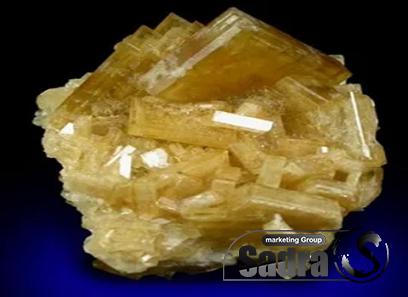 – Electronics: The electronics industry heavily relies on quartz as a vital ingredient in manufacturing memory chips, transistors, and electronic watches due to its high electrical conductivity and stability. – Metallurgy: Quartz, in the form of silica, is frequently used in the purification of metals, such as copper and aluminum, removing impurities and enhancing their quality. – Jewellery and Gemstone Industry: Varieties of quartz, such as amethyst and citrine, are highly sought after for their vibrant colors and excellent hardness, making them prized gemstones. 3. Economic Significance: The ubiquity and extensive applications of quartz contribute significantly to its economic importance: – Revenue Generation: Quartz mining, extraction, and processing contribute to substantial revenue generation in countries blessed with large quartz deposits.
– Electronics: The electronics industry heavily relies on quartz as a vital ingredient in manufacturing memory chips, transistors, and electronic watches due to its high electrical conductivity and stability. – Metallurgy: Quartz, in the form of silica, is frequently used in the purification of metals, such as copper and aluminum, removing impurities and enhancing their quality. – Jewellery and Gemstone Industry: Varieties of quartz, such as amethyst and citrine, are highly sought after for their vibrant colors and excellent hardness, making them prized gemstones. 3. Economic Significance: The ubiquity and extensive applications of quartz contribute significantly to its economic importance: – Revenue Generation: Quartz mining, extraction, and processing contribute to substantial revenue generation in countries blessed with large quartz deposits.
…
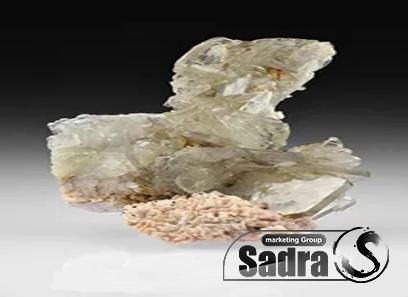 This adds to the GDP and creates employment opportunities. – Export Value: Many countries export large quantities of quartz to meet the global demand, creating a niche market for these mineral-rich regions. – Industrial Development: Quartz’s indispensable role in various industries, including construction, electronics, and metallurgy, stimulates economic growth, innovation, and industrial advancement. Conclusion: Quartz, the most common mineral found on Earth, continues to enthral us with its remarkable properties and limitless possibilities. From its utilization in construction to its pivotal role in electronics and metallurgy, this multifaceted mineral has cemented its reign as a prized asset. As we continue to explore its potential, the economic significance of quartz mining and processing fuels growth and development across various sectors, transforming it into an invaluable resource for nations worldwide.
This adds to the GDP and creates employment opportunities. – Export Value: Many countries export large quantities of quartz to meet the global demand, creating a niche market for these mineral-rich regions. – Industrial Development: Quartz’s indispensable role in various industries, including construction, electronics, and metallurgy, stimulates economic growth, innovation, and industrial advancement. Conclusion: Quartz, the most common mineral found on Earth, continues to enthral us with its remarkable properties and limitless possibilities. From its utilization in construction to its pivotal role in electronics and metallurgy, this multifaceted mineral has cemented its reign as a prized asset. As we continue to explore its potential, the economic significance of quartz mining and processing fuels growth and development across various sectors, transforming it into an invaluable resource for nations worldwide.
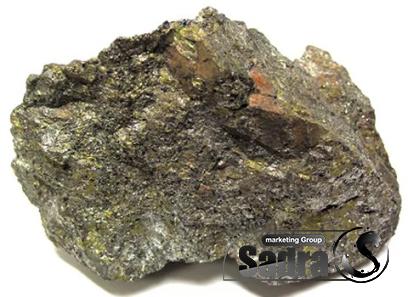
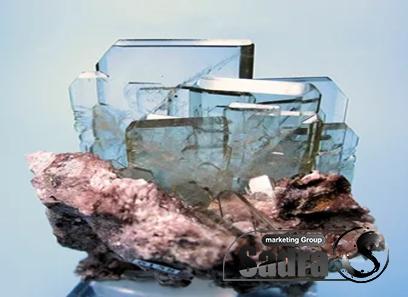
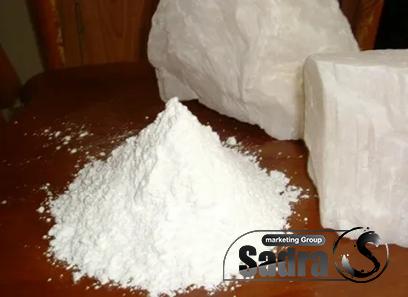
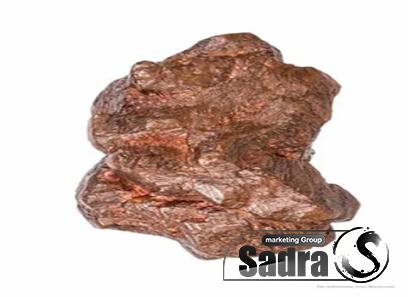
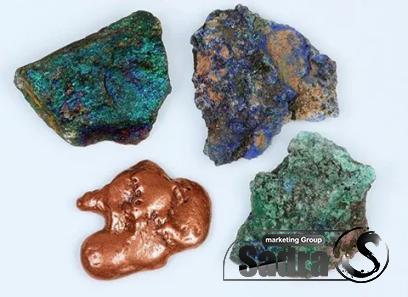

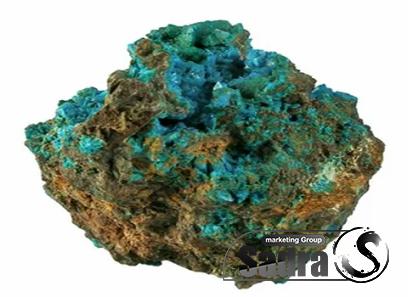
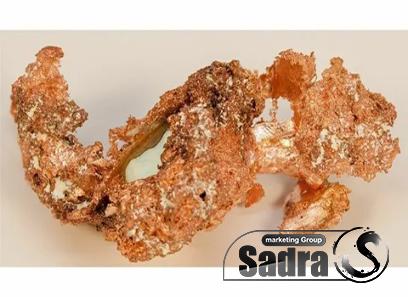
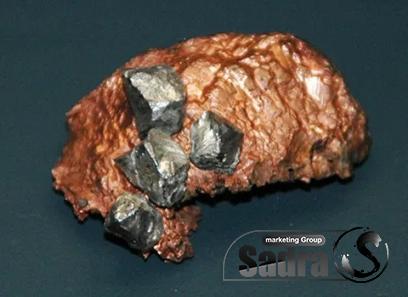
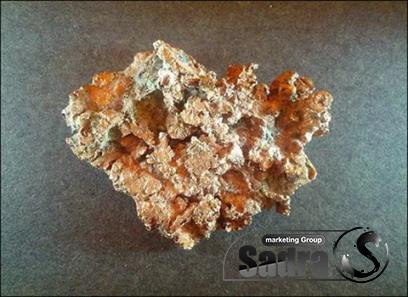
Your comment submitted.